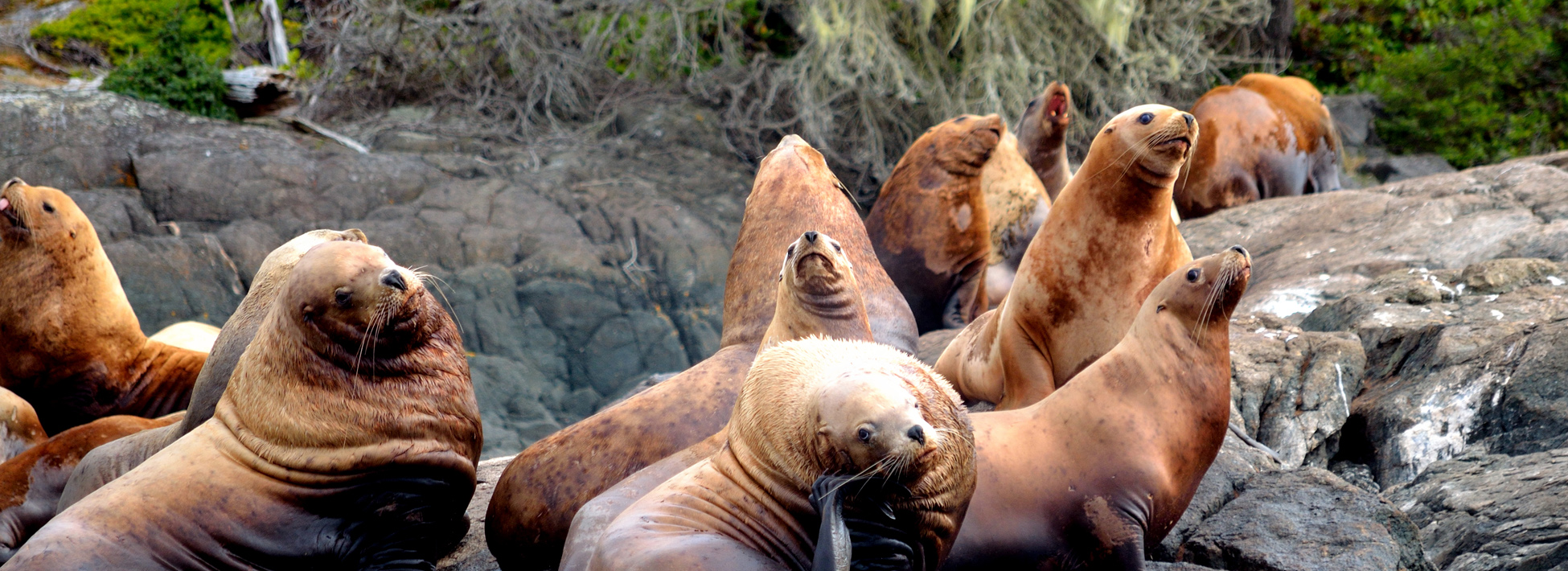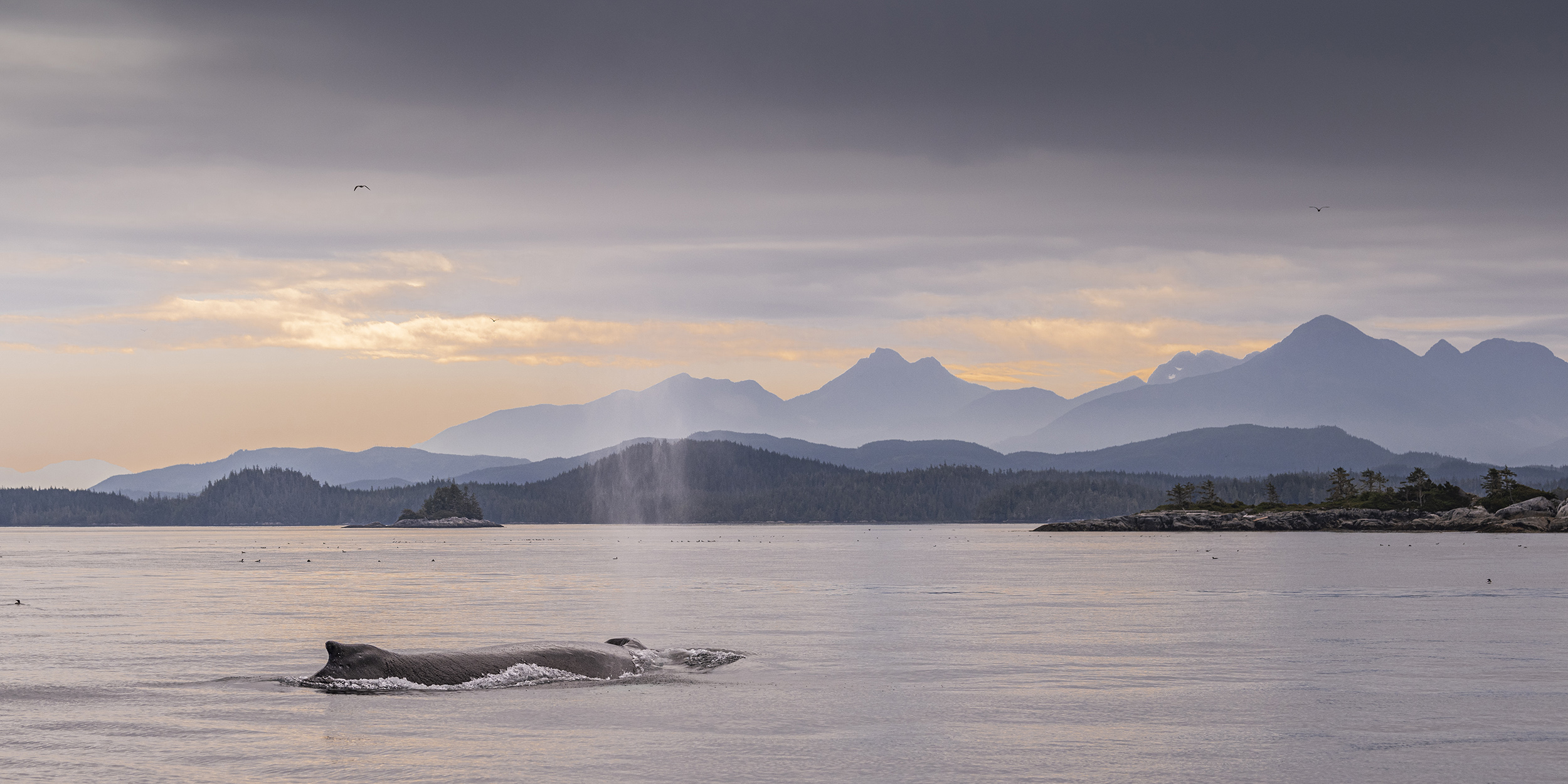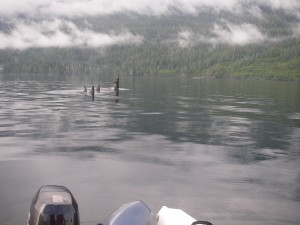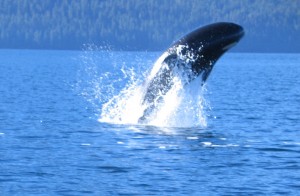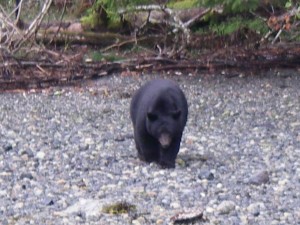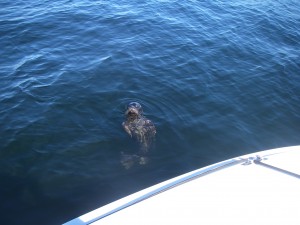Grizzly Bear and Wildlife Viewing Blog: Monthly Archives: September 2013
Humpback feeding

An excellent photo taken by James Wendy of Australia showing the inside of a humpback whale’s mouth. It is interesting to note that this whale came out of the water and held this position for close to thirty seconds while James manages to get several great pictures. “Baleen is a strong, yet flexible material made out of keratin, a protein that is the same material that makes up our hair and fingernails. It is used by whales to filter their prey from the sea water. Some baleen whales, like the humpback whale, feed by gulping large amounts of prey (in our area herring) and water and then using their tongue to force the water out in between the baleen plates.”About.com Marine Life
Spyhoping orca / killer whale
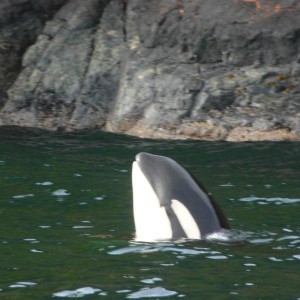
It is said that an orca’s eyesight is equally good in or out of the water. In fact it is thought they use eyesight when ‘spyhopping’ to spot boats that may present a danger. Orca do not seem to fear boats but once a motor is turned off and no sound is coming from the boat it becomes harder for them to locate. “Orcas possess sophisticated underwater sonar that enables them to perceive their surroundings ten times more effectively than our most advanced equipment.” (http://www.orcafree.org) However a boat’s shallow draft may make it harder to locate and thus the need for an occasional spyhop. Great photo from James Wendy of Australia.
Humpback whale diving
I am sure that this is not an over active imagination. The first photo shows a humpback whale starting a dive not far from our boat. The closeness to the kelp bed and the number of years fishing in the area I know that the water is no over 60 feet (20 meters) deep so the whale cannot dive that deep. In the second photo just to the left of the bow light one can see several small patches of white on the humpbacks pectoral fin as it passes beneath the bow. If you strain hard enough one can see an outline of the whale; we saw it in real time I just hope the camera has captured the image.
Grizzly bear family visit
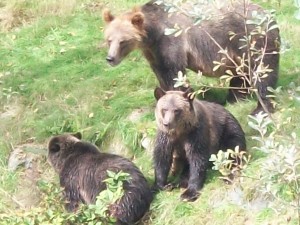
The two viewing stands used by Grizzly Bear Lodge on our wildlife tours in Knight Inlet seem to attract bears. They show no fear of the red and orange suited guests or the click of cameras as they pass beneath the stands. The main attraction is salmon. The grizzly bears have a limited time to add enough fat to survive hibernation. Once the salmon arrive in mid August and we are permitted to use the stands after August 24th we view bears eating salmon. If cubs do not add enough fat they will not survive hibernation and if expectant mothers body fat is not high enough the fertilized eggs will be absorbed and fewer cubs will be born for the next year. Pausing to see the roses does not seem to be an option for grizzly bears this time of the year.
Orca breaching
Books on whales and dolphins are full of pictures of breaching mammals. It is hard to imagine the number of hours it took and pictures, which were taken prior to digital camera to get one good photo. Spending three to four months each summer working for Grizzly Bear Lodge with many of those whale watching I know that a breach is not that common. The breaches that occur do not come with a five minute warning in fact most good photos are a result of “right place right time” with allot of luck added.
Grizzly bears grazing
As the tide comes in and access to the protein from turning over rocks is gone this grizzly bear and cubs turn to sedge grass. The grass along the shore of the river estuary is more than a meter (3 feet) high so these cubs are in their second year; first year cubs would be lost in the grass. The sedge grass is 25% protein much richer that other grasses and the best plant proteins available as berries are not yet ripe. Most of a grizzly’s springtime is spent in search of food as fall and the salmon approach this changes.
Black bear ready for hibernation
Not the sharpest picture but it was taken in mid September to show a black bear with enough fat to hibernate. This bear is big enough to challenge a sub-adult grizzly. Several years ago there was a large black bear that did just that for the first part of the viewing season in the Glendale River estuary, the main area for observing grizzly. The first part of the season is mostly mothers with new and one year old cubs and some three and four year old grizzlies. The black bear mentioned managed to claim its part of the beach until one of the breeding male grizzly appeared and that was the last we saw of the black bear. It is interesting to note that the bear in this picture does not have access to the salmon rivers because of the grizzlies so its bulk is from grass, beach protein and berries. Once the berries appear in June they last through the fall. There are a variety of berries including; huckleberry, salmonberry, blackberry, salal berry, thimbleberry, and elderberry all within a short walk from the lodge.
Killer whales (orca) passing astern
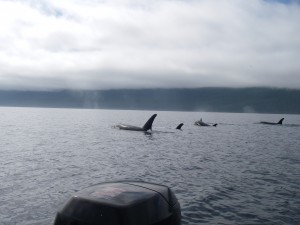
The overcast day may not seem too appealing unless you think about taking pictures from a boat. On bright days it is necessary to have the sun at your back or the reflection off the water will make picture taking difficult if not impossible. Marine mammals often change their direction of travel without notice and do not always cooperate in getting the boat in the right position. On a dull day their cooperation is not necessary. Again the motor in the picture is to provide an indication of the nearness of the orca pod.
